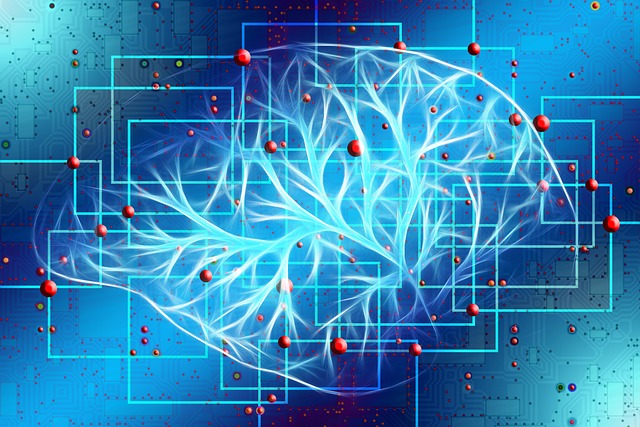What is meant by ” AI”?
AI- short for Artificial Intelligence is the system or machines that can perform tasks that typically require human intelligence.
They are different from robots that can be pre-programmed to perform a certain task/s. This is because AI can overtime learn to improve itself by processing the information it has accumulated and applying it on its future judgements or performance.
Role of AI in Environmental Science:
We have a lot of data relating to environmental matters but processing it, storing it and analyzing it so that it can be used in the best way possible for its practical implementation is where AI comes into play as the most useful tool. It can be used for disaster management, building energy efficient buildings etc.
You might also be interested in: 10 Latest Innovative Environmental Friendly Technologies
Applications of AI in Environmental Science:
Artificial Intelligence can play a vital role in almost every field. Environmental science is also a field where its application can be used exceptionally for the purpose of conservation and rehabilitation. For effective environmental management, monitoring is needed for obtaining measurements. This can be done using AI.
Some of these applications are:
- Reducing Technology Industry Emissions: while scientists are always on the track to create new and innovative technologies to mitigate the climate change impacts. The softwares and technologies themselves emit some greenhouse gases as well. From assembling to manufacturing of these technologies the IT sector itself contributes to 3-4% of the emissions worldwide. Here is where AI can play a role to reduce these by calculating those emissions.
- Real Time Data Collection and Analysis: in 2022, UNEP launched the world environment situation room which collected data from real time observation of the earth and the phenomenon occurring on it. Satellites also use AI technology to monitor global greenhouse emissions on a frequent basis.
- Measuring Carbon Footprints: by feeding in information of a particular product or human activity; AI can be used to measure environmental footprints. It collects all the data from initial to full life-cycles and supply chains and helps industries, consumers and companies be more accountable for their actions. To know more about Carbon Footprint, kindly read: All You Need To Know About Carbon Footprint And Its Importance.
- Wildlife Conservation: it can help figure out the location of flora and fauna species, locations where they are frequently sighted, their social groups, abundance and all these factors can help us be informed of their migration patterns as well as any changes in their behavior or breeding patterns.
Read: Wildlife Is Already Coping With Effects of Climate Change - Monitoring Environmental Indicators: it can also be used to monitor pollution and various other indicators of environmental health that can collectively benefit the environment. The data collected from various sensors to monitor pollution for instance can then be accumulated and fed into an AI software which can provide accurate measurements and efficient decision making tools for reducing the pollution.
- Improving Energy Efficiency: AI can manage and calculate the energy output and generation and optimize it in the power grid. It can also handle any fluctuations in power voltage and has the ability to improve the energy storage as well.
Also check out: Green Tech: Using CO2 From Air To Produce Useful Products
CONCLUSION:
AI has recently emerged as a technology that can change our lives drastically. It is also being actively used for fighting climate change and protecting the environment. Some examples include self driving cars or “smart cars” that can navigate themselves.
These can be adjusted to emit 50% less emissions by 2050 by identifying most ideal route for each car that will also prevent congestion and traffic jam. Traffic jam contributes to significant emissions as vehicles tend to let their engine run while waiting for the lights to change. This causes significant emissions into the atmosphere.
Furthermore, AI can also be used in agriculture as seen in India’s example where farmers have seen increase in their yields by 30%. These areas were giving low yields since many years thought to be due to the after effects of various droughts.
AI provided them with appropriate and accurate measurements for the soil fertility, weather pattern, water quality as well as the timing fit for planting their crops which helped them achieve this result.
Thus, AI is a great hope for scientists and people alike as it is applicable in mitigating the effects of climate change.
You might also be interested in: How Much Time Earth Has Before Climate Change Destroys it?
I hope you all liked this post! Please comment below if you have any suggestions, comments, or feedback! We at #envpk love hearing from our readers! Thanks!




